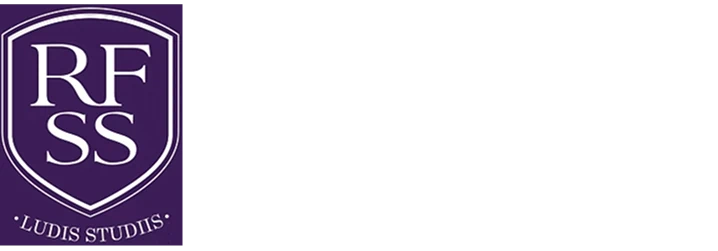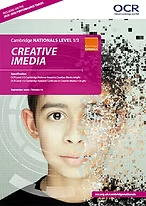The Cambridge National in Creative iMedia will encourage students to:
• Understand and apply the fundamental principles and concepts of digital media including factors that influence product design, use of media codes and conventions, pre-production planning techniques, legal issues and creation/publishing/distribution considerations
• Develop learning and practical skills that can be applied to real-life contexts and work situations
• Think creatively, innovatively, analytically, logically and critically
• Develop independence and confidence in using skills that would be relevant to the media industry and more widely
• Design, plan, create and review digital media products which are fit for purpose meeting both client and target audience requirements.
Students will study the following 3 units over Year 10 and Year 11:
Unit R093: Creative iMedia in the media industry (Exam at the end of Year 11)
The media industry is vast, covering both traditional and new media sectors and providing work for individual freelance creatives as well as large teams in design houses and multinational companies. Job roles frequently overlap multiple sectors, and products often need to be suitable for more than one kind of output. However, there are common aspects to all media products. Pre-production and planning are vital; saving clients time and money and enabling creatives and designers to charge appropriately for their services. Products also make use of similar media codes to convey meaning, create impact and engage audiences. In this unit you will learn about the sectors, products and job roles that form the media industry. You will learn the legal and ethical issues considered and the processes used to plan and create digital media products. You will learn how media codes are used within the creation of media products to convey meaning, create impact and engage audiences. You will learn to choose the most appropriate format and properties for different media products. Completing this unit will provide you with the basic skills for further study or a range of creative job roles within the media industry.
Unit R094: Visual identity and digital graphics (Controlled Assessment in year 10)
Identity is a vital component of any business, product or brand. A visual identity communicates values and core principles to the consumer, user or customer. It makes a brand recognisable and helps sell a product or idea to a target audience. Logos, shapes, typography, colour theory and composition are all used to generate visual identities which work across different platforms and media, and user interface and experience are key considerations in the design process. In this unit you will learn how to develop visual identities for clients. You will also learn to apply the concepts of graphic design to create original digital graphics which incorporate your visual identity to engage a target audience. Completing this unit will introduce the foundations for further study or a wide range of job roles within the media industry.
Unit R095: Characters and comics (Controlled Assessment in year 11)
Storytelling using images and characters has illustrated, commented on and enriched life from the earliest cave paintings to web comics and memes. Today’s comics frequently have a distinctive style and a diverse yet loyal target audience. Central to a comic’s appeal is the inclusion of characters which readers can engage or identify with. Whether a storyline is humorous and trivial or dark and philosophical, finding out how characters deal with events is what keeps readers entertained and engaged. In this unit you will learn to design and create original characters that convey emotion and personality. You will also learn to set your characters within stories of your own making which flow logically and engage the reader. You will also learn to use conventions of comics to tell your characters’ stories across multiple pages. Completing this unit will provide you with the basic skills for further study or a range of creative job roles within the media industry.
Roadmap


